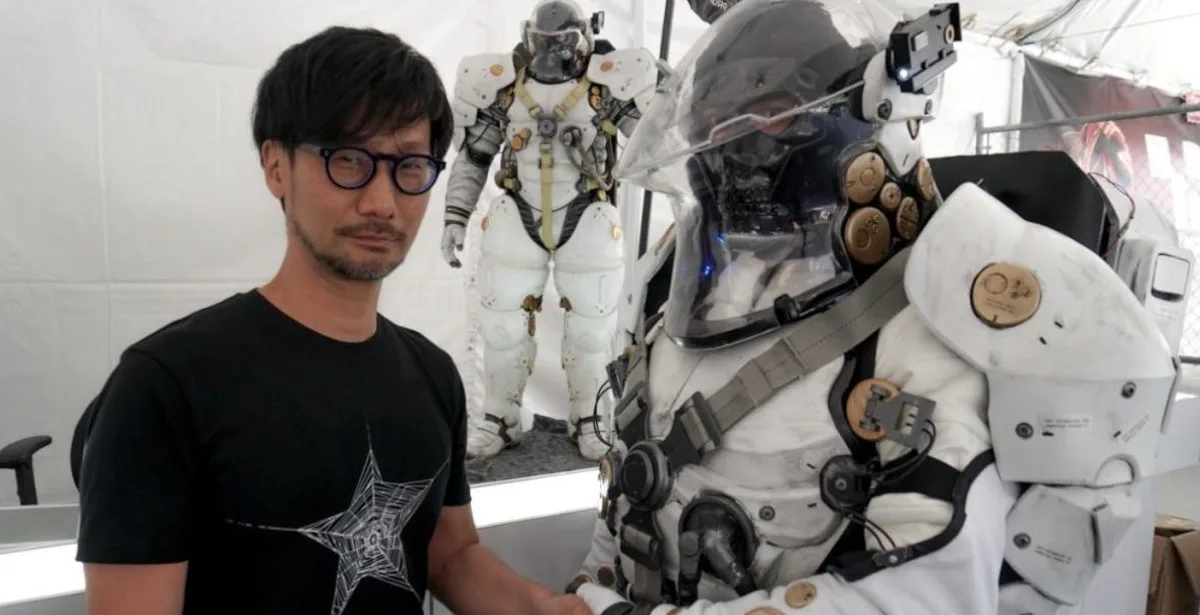
The legendary auteur behind Metal Gear Solid and Death Stranding has set his sights beyond Earth’s horizon. Hideo Kojima recently revealed a daring ambition: to become the first person ever to develop—and potentially even play—a video game from orbit.
Kojima’s Cosmic Ambition
Kojima spoke with The Guardian about training as an astronaut, mastering docking procedures, and spending several months aboard the International Space Station (ISS) solely to work on a game. At 61, he points out that numerous astronauts continue their careers well past that age, making his dream—by his reckoning—feasible.
He doesn’t envision a short-lived, celebrity photo-op flight. Instead, he wants full immersion: learning spacecraft systems, living in microgravity, and treating game development as seriously as any Earth-bound project. “I want to be the first,” he declared, underlining his determination to break new ground in interactive entertainment.
Technical and Logistical Challenges
Bringing game development hardware and software into orbit poses unique hurdles and after a quick inquiry of how plausible could this be achieved, there are some considerations to be taken like:
- Microgravity Effects
Keyboards, screens and peripheral devices must be secured; hot-swappable mounting rigs and magnetic fixtures become essential. - Radiation and Electronics
Cosmic rays can corrupt data and damage delicate microchips. Shielded, medical-grade enclosures and error-correcting code are non-negotiable. - Limited Bandwidth & Latency
Uploading builds and live collaboration with Earth-based studios requires optimized compression and asynchronous workflows. - Power and Cooling
The ISS has finite power allocations; any development station must balance performance with strict power budgets and passive cooling solutions.
While no video game development kit has yet orbited our planet, these challenges are surmountable with today’s technology—and Kojima believes the ISS partners would welcome a creative experiment on par with scientific research missions.
Beyond technicalities, Kojima frames his venture as an existential pursuit. He references what he calls the “Tom Cruise disease”—the idea of testing one’s limits through calculated peril, a philosophy exemplified by Cruise’s own space-shooting movie plans and daredevil stunts.
For Kojima, creating art at the edge of human experience isn’t a gimmick; it’s a catalyst for innovation. By placing himself—and his creative process—in an environment that demands total focus, he hopes to unlock storytelling possibilities unattainable on terra firma.
But the veteran gamer maker and director isn’t the first one with the desire, as film studios have flirted with on-orbit shoots (including Cruise’s aborted ISS scenes), but interactive media––with its iterative builds, user feedback loops, and performance testing––adds another layer of complexity.
Should Kojima succeed, it could:
- Inspire space agencies to partner with cultural institutions.
- Catalyze research into human-computer interaction in microgravity.
- Spark a new genre of orbital-themed games developed half-in, half-out of Earth’s atmosphere.
The convergence of space tourism, private rocketry, and entertainment heralds a future where astronauts and game designers work shoulder to shoulder.
Hideo Kojima’s aspiration to build the first space-borne video game transcends mere headline-grabbing. It fuses his hunger for innovation, appetite for risk, and belief in pushing creative boundaries. Whether he’ll don a spacesuit or steer a Soyuz module remains uncertain, but one thing is clear: the final frontier may soon welcome its first game designer.


